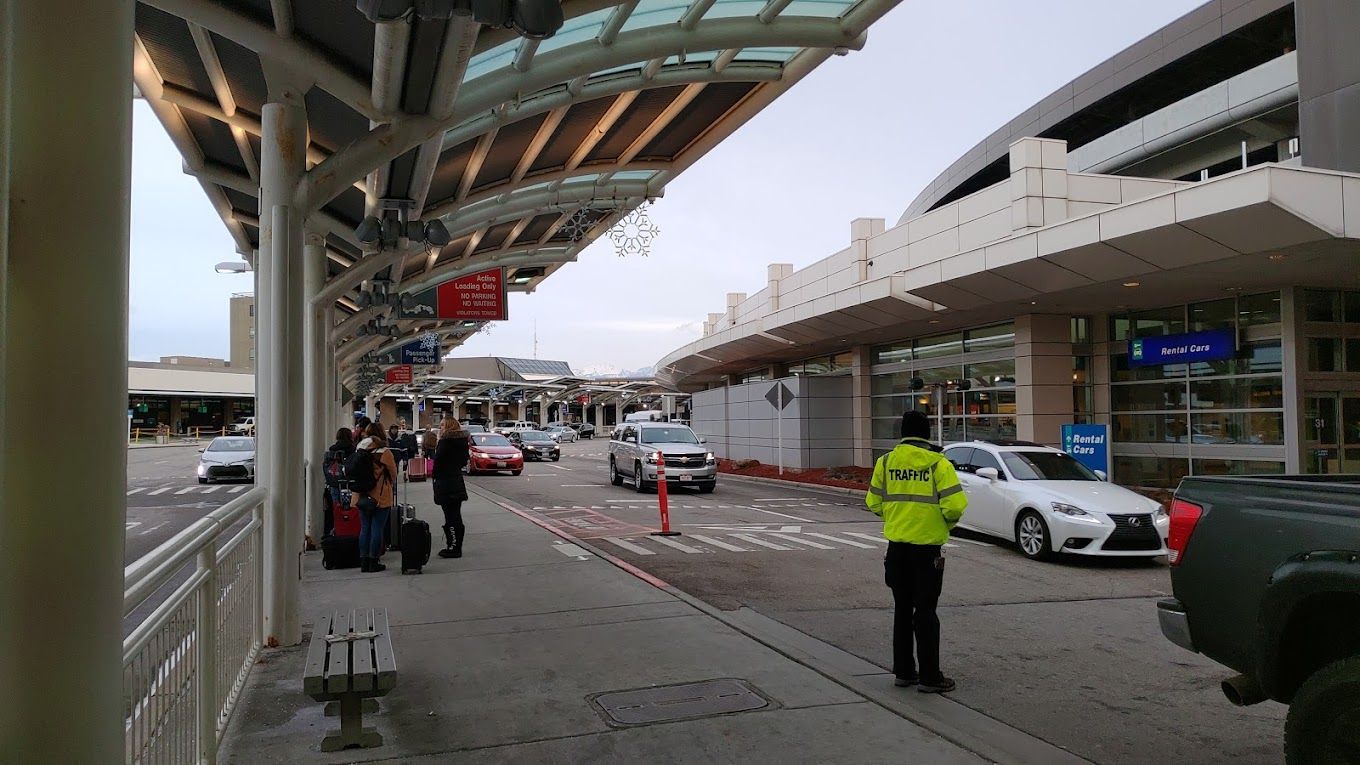Is Rideshare Putting the Public at Risk?

In recent years, ridesharing services like Uber and Lyft have revolutionized the transportation landscape, offering convenience and flexibility that traditional taxi services struggled to match. However, as these services have grown exponentially, so too have the regulatory challenges they present. Among these is the controversial preemption clause in Utah's rideshare legislation, which raises questions about public safety and local governance.
Understanding the Preemption Clause
The preemption clause in Utah's rideshare law effectively prevents local governments from enforcing their transportation regulations on rideshare companies. This clause is intended to create a uniform regulatory framework across the state, simplifying compliance for companies like Uber and Lyft. However, it also strips local authorities of their ability to implement oversight tailored to their community's specific needs.
The Hazards of Limited Oversight
Without local oversight, rideshare drivers have been increasingly reported for soliciting customers of the official app at events, bypassing the checks and balances that the apps provide. This undermines the transparency and accountability that form the backbone of consumer trust and poses significant public safety risks. When rides are conducted off the app, there's less accountability, no digital trail, and often no insurance coverage, which could leave passengers vulnerable in an incident.
Take, for example, reports from Utah where drivers have been seen offering direct services outside the app, a practice that can open the door to unregulated activity. While some argue this behavior stems from drivers seeking fairer compensation, balancing innovation with public safety is crucial.
The Impact on Drivers and Riders
For drivers, the preemption clause presents a double-edged sword. On one hand, it allows for more freedom and a more extensive customer base. On the other, it exposes them to potential liability issues and diminishes their protection under the rideshare company’s umbrella. Riders, meanwhile, might unwittingly jeopardize their safety by accepting rides outside the official platform—a decision that could have dire consequences.
Arguments For and Against the Preemption Clause
Supporters of the preemption clause argue that it spurs innovation by providing a consistent regulatory environment, making it easier for rideshare companies to operate and expand. They believe this uniformity is crucial to maintaining these services' economic benefits. However, opponents highlight the loss of local control as a significant downside, arguing that it hampers municipalities' ability to enact rules that protect their residents.
Striking a Balance
What’s the solution? We need to strike a balance between fostering innovation and ensuring public safety. Policymakers and stakeholders must revisit rideshare regulations, focusing on protecting the public while still allowing the industry to thrive. A collaborative approach involving both state and local authorities can help establish a regulatory framework that accommodates each community's unique dynamics.
Call to Action
It's time for policymakers, stakeholders, and the public to engage in meaningful dialogue about rideshare services' place in our communities. We must demand a balanced approach that doesn't sacrifice safety for the sake of convenience. Encourage your local representatives to consider the implications of preemption clauses and advocate for regulations that prioritize innovation and public welfare.
Join the conversation. Share your thoughts and experiences with ridesharing in your community. Together, we can ensure these services enhance our lives without compromising safety and trust.














